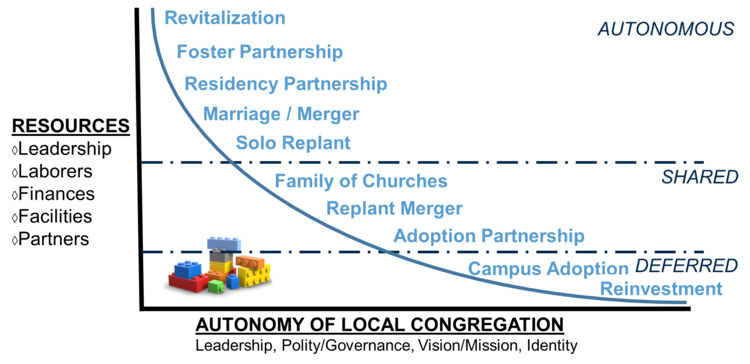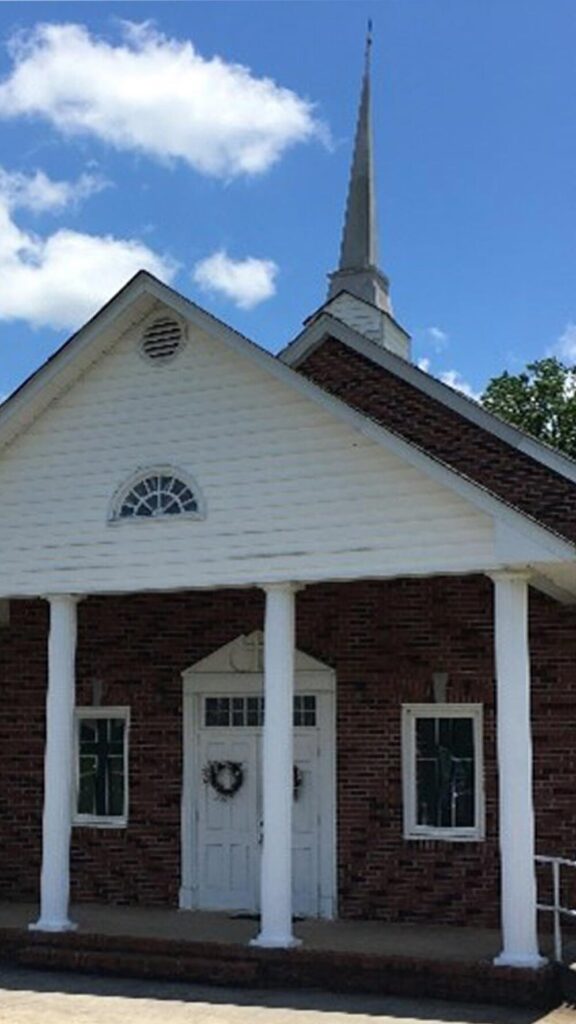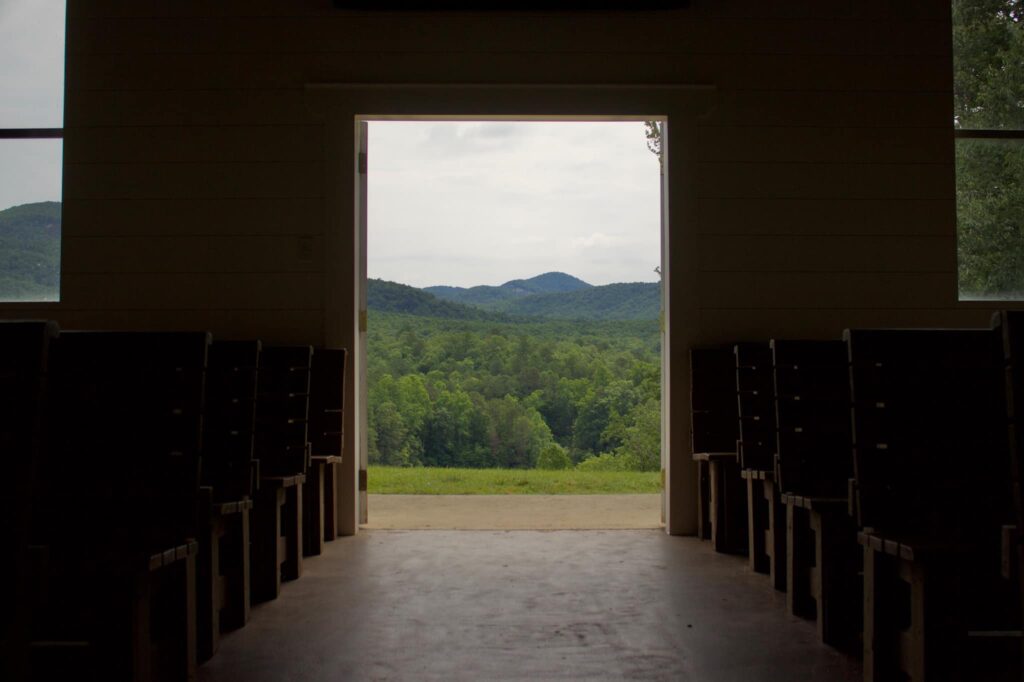Models for Church Revitalization/ReStarting From a Southern State Perspective
If I’ve learned anything in serving our South Carolina churches, it’s that every church consultation is different and God has a unique plan to strengthen His Church. Strengthening churches is definitely not a “one size fits all” process. So, what models are we seeing God do in this swelling movement called “church revitalization” that can help guide our conversations and preparation to serve our at-risk churches?
Let’s first consider a couple of factors that influence current options.
1) Available Resources – Leadership, laborers, finances, facilities, and partnership options all influence which models are viable when working with churches. Fewer resources often limit options for helping to strengthen a local congregation.
2) Autonomy of a Local Congregation – Some models allow for at-risk churches to move toward strength while retaining their identity, vision, mission, leadership, and polity/governance. Other models will either share autonomy or defer autonomy to another entity.
So, let’s look at a few recent wins we have celebrated across our nation as possible models for revitalization/reSTARTing and realize “You can only build from what God has provided with the vision God has supplied.”

1. Revitalization – A 3-5 year process for current pastoral leadership to cast a new vision and align all resources to implement the vision.
- Strong pastoral leadership
- Longevity of church and pastor
- Ample laborers for vision and mission
Example: FBC Warrenville, Warrenville, SC
2. Foster Partnership – Strong church commits to come alongside an at-risk church providing prayer, specified resources, wisdom, etc. for a defined length of time.
- Commitment from both churches to work together with grace and patience
- Both strong & supporting pastoral leaders
- Sacrificial resource allocation
Example: Dunean Baptist, Greenville, SC , fostered by FBC Simpsonville, SImpsonville, SC
3. Residency Partnership – Strong church supplies a pastoral resident for a specified length of time with the support and counsel of outside leadership.
- Pastoral resident from a strong church
- Vision for developing leaders and strengthening the at-risk church
- Mentor time and support
Example: Cedar Grove Baptist, Fountain Inn, SC, partnering with Rocky Creek Baptist, Greenville, SC
4. Marriage Merger – Two churches in early windows of revitalization choose to unite to multiply resources and strengthen its impact. “Better Together” model.
- Clarity of vision
- Identify roles & expectations
- Humble Kingdom perspective
Example: The Church at Cherrydale (now Chirst Fellowship Cherrydale), Greenville, SC, merging with Covenant Grace Baptist Church, Greenville, SC
5. Solo reSTART
Remaining members of a congregation choose to relaunch as a new congregation under the leadership of a replanter. “reSTART from within”
- New church w/new pastoral leadership, ministries, and decision-making process in an established location
- Assessed replanter and/or team ready to recommend to a pastor search team
- Often need support from outside partners
Example: Slater Baptist, Slater, SC
6. Family of Churches
Autonomous reSTART congregations sharing resources and vision in neighboring communities
- Multiplication model for reSTARTing
Example: Calvary Family of Churches, Denver, CO - Same identity, vision and values implemented in local settings
- Plurality of leadership among pastor/elders from family on churches
7. ReSTART Merger
At-risk church with facilities and remaining membership merges with a church plant needing a facility.
- Rapid infusion of laborers, resources, and leadership
- Restoration of an intergenerational church
- Church plant usually provides leadership, vision, mission, and values.
Example: Creekside Church / Midway Baptist Church, Goose Creek, SC
8. Adoption Partnership
At-risk church yields control to stronger parent church providing leadership and resources as guided by a partnership agreement.
- Strong church sends leadership and members to strengthen at-risk congregation
- Specified length of time and defined allotment of resources
- Goal is to restore health and autonomy
Example: River District Church, West Columbia, SC is a product of FBC West Columbia’s adoption by Lexington Baptist Church, Lexington, SC
9. Campus Adoption
Merger/dissolution of an at-risk church yielding all assets to a start a new ministry venue for a strong church.
- Expression of a larger church in a local community
- Members of at-risk church are encouraged to join multi-site church and continue worshipping in the same location
- At-risk church usually closes for a season to allow for renovations before relaunching as a campus
Example: Calvary Baptist Church, Lancaster, SC, became a campus of Second Baptist Church, Lancaster, launching services in both English and Spanish.
10. Reinvestment
Congregation chooses to close and reinvest remaining resources in trust for future ministry as governed by denominational or like-minded leadership.
- Community would benefit from a different expression of gospel ministry
- Remaining members are shepherded to neighboring congregations
- Assets are liquidated according to bylaws and decisions of remaining members
Example: Sylvia Circle Baptist Church, Rock Hill, SC, reinvested their resources to Park Baptist Church in preparation for the launch of Pioneer Church now gathering in the former Sylvia Circle Baptist facilities.
I’m sure there are even more models that can help strengthen a local congregation to make disciples beginning in their immediate context. God is always at work among His people to bring glory to His name. So, let’s make sure we asking our Father for wisdom and discernment as we seek to advance His Kingdom in our midst by serving His Church.
For more information of any of the above models, or if you have another model you would like to share, I’d love to hear from you via email to hopeforchurches@scbaptist.org. Until then, let’s keep advancing together until every community has strong congregations declaring the hope of the gospel in their midst.



